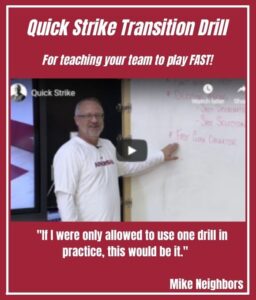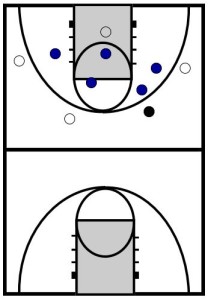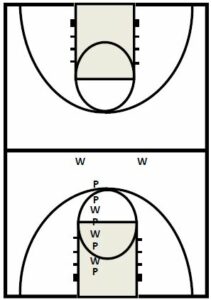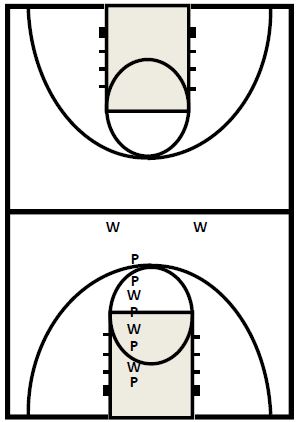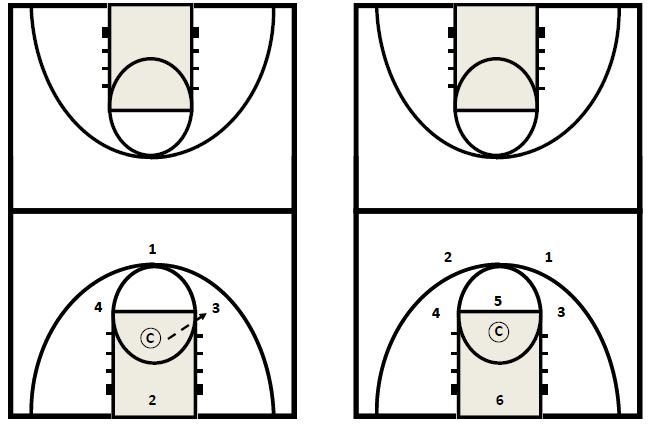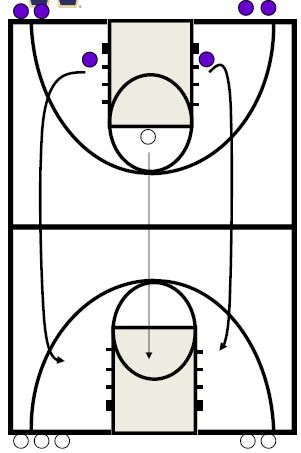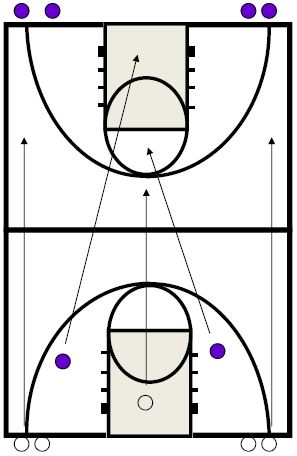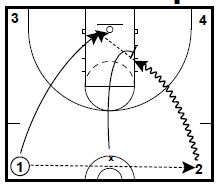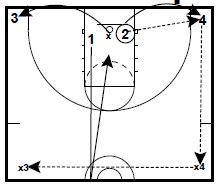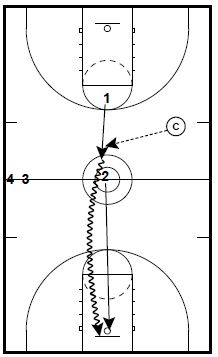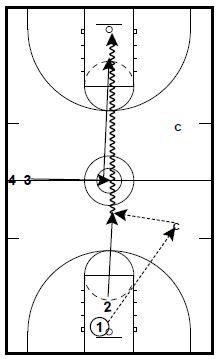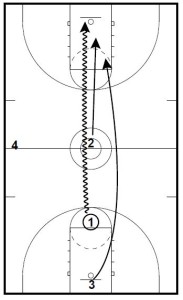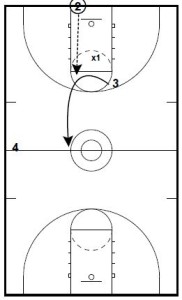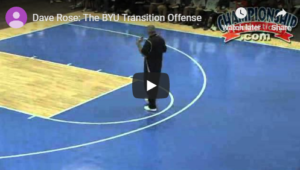This video is of Tom Izzo going through a conversion/transition build up drill.
The drill starts out 2 on 1, then comes back as 3 on 2 into 4 on 3 into 5 on 4 and completes with 5 on 5.
You can make it competitive by diving into different colored teams and keep score.
To learn more about the entire DVD that this sample came from, click here: All Access Michigan State Basketball Practice.
Anyone who purchases anything from the store receives one of my basketball coaching eBooks as a bonus.
Just email me and let me know which one you would like to receive!
Make sure your sound is on as you click the play arrow for the video.
To learn more about the entire DVD that this sample came from, click here: All Access Michigan State Basketball Practice. Anyone who purchases anything from the store receives one of my basketball coaching eBooks as a bonus. Just email me and let me know which one you would like to receive!

